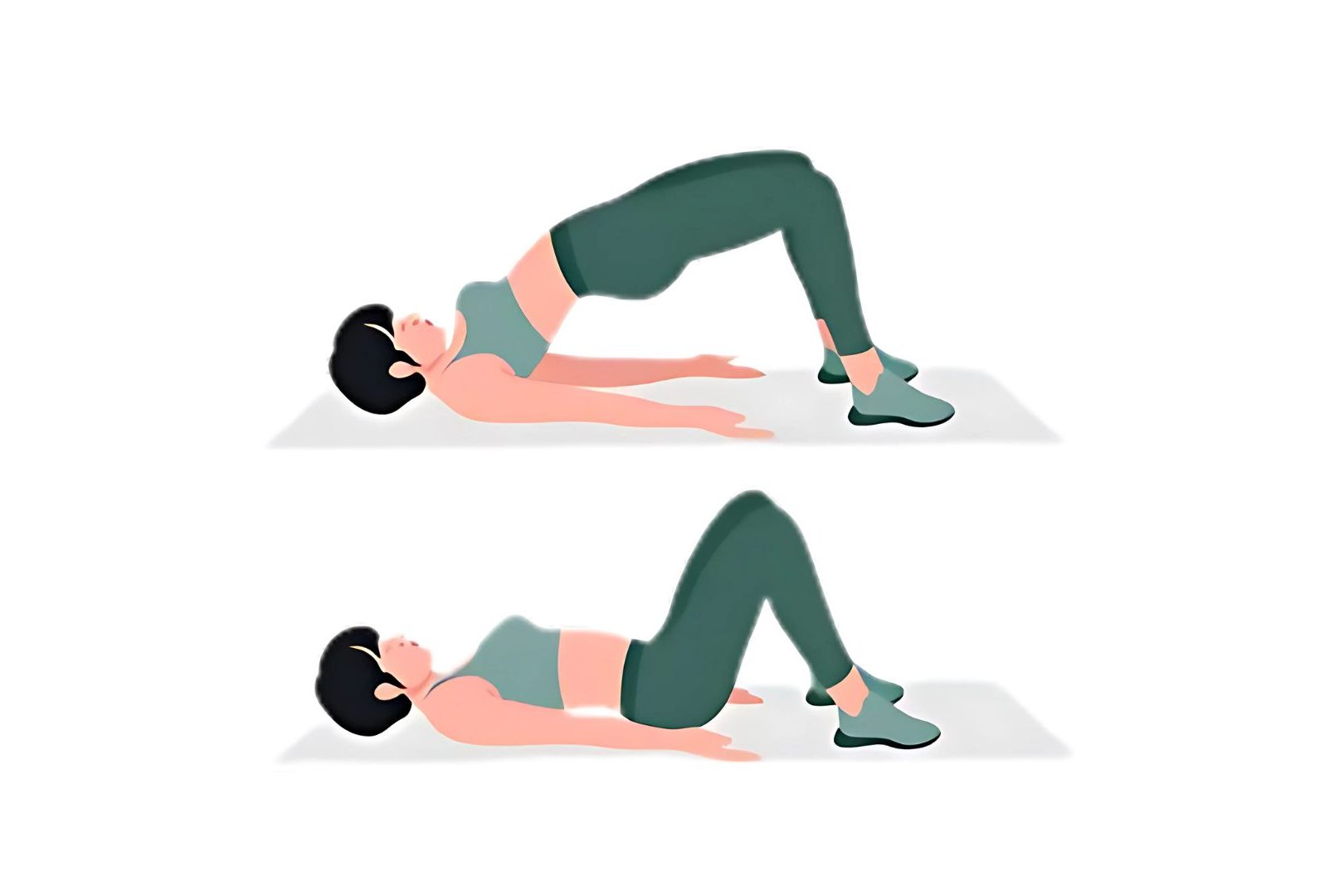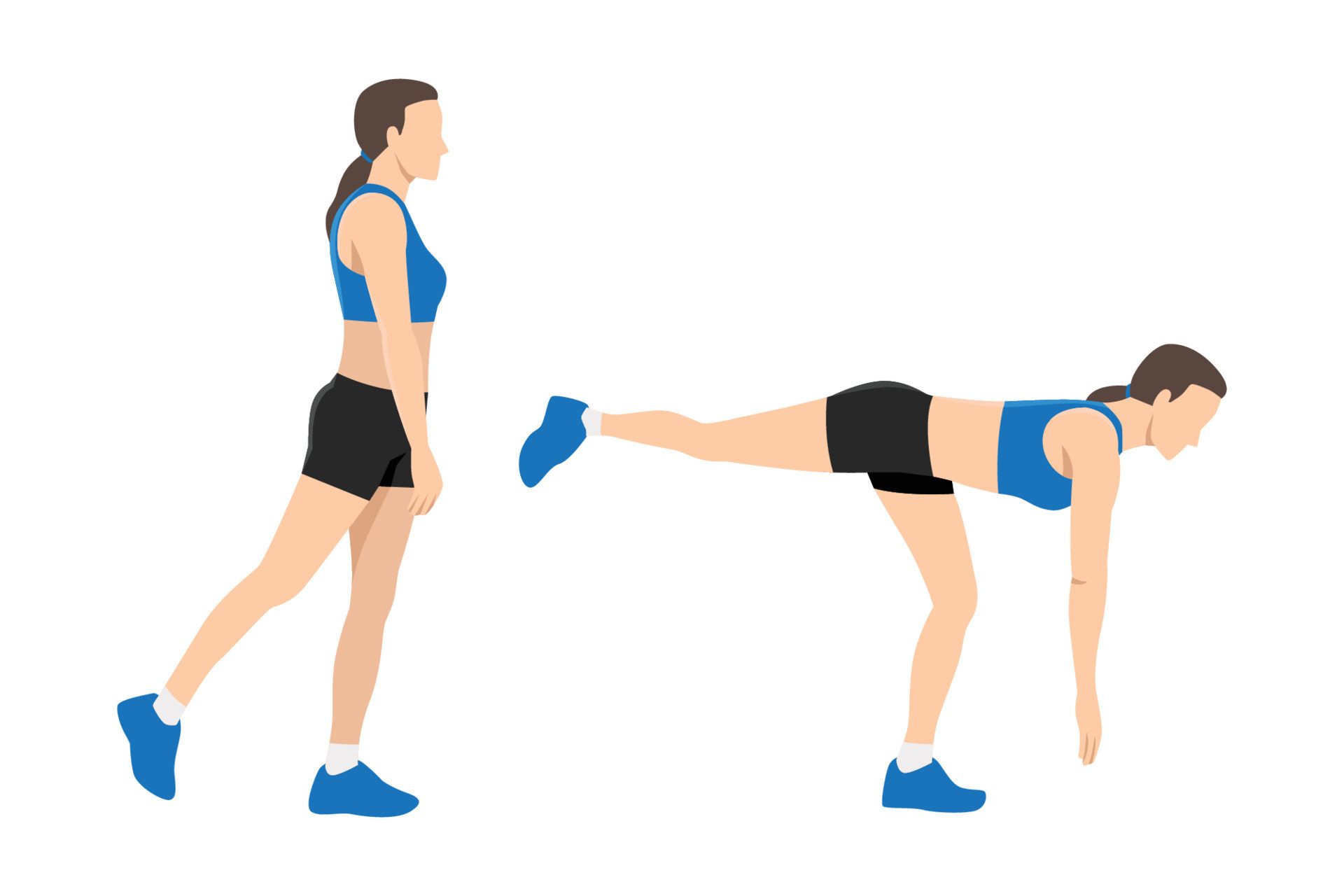7 Core Stability Exercises Everyone Should Know
If you’ve ever bent down to tie your shoes or reached for something on a top shelf and felt a little wobbly, it’s your core stability at play. We hear about core strength all the time, but core stability? That’s the key to moving efficiently and staying injury-free, whether you’re an athlete or just trying to make life a little easier.
Having spent over 20 years working with clients of all fitness levels, one thing I always emphasize is the importance of a stable core. Think of your core as the foundation of a house: if the foundation’s weak, the whole structure suffers. Strong core stability helps you maintain good posture, reduce back pain, and stay balanced—especially as you age.
Ready to strengthen that foundation? Let’s dive into seven core stability exercises you can add to your routine today.

Core Stability vs. Core Strength
I know—there’s a lot of talk about core strength. And don’t get me wrong, it’s important. But here’s the difference: core strength focuses on building muscle power, like doing crunches or sit-ups. Сore stability exercises, on the other hand, is all about control—teaching your core muscles (your abs, lower back, hips, and pelvis) to work together so you can move through daily life with ease. This is what keeps you balanced when you walk or prevents you from straining your back when lifting something heavy.
1. BOSU Bird Dog
Focus: Core stability

If you’ve never tried the BOSU Bird Dog, you’re in for a treat. This exercise is like a balance test for your core, forcing it to engage for stability. You’ll feel this in your lower back, abs, and glutes—talk about multitasking!
– How to perform: Start by placing your left knee on the center of the BOSU dome with both hands on the floor. Extend your right leg behind you and raise your left arm to shoulder height, thumb up. Hold for 20 seconds, then switch sides. If your body’s shaking a bit, that’s a good sign—it means your core is working.
– Alternate version: No BOSU? No problem. You can do this сore stability exercise on the floor and still get those core muscles fired up.
2. Supine Heel Taps
Focus: Core stability

This one’s simple but super effective for training your abs and back to work together in harmony. It’s a personal favorite of mine because it forces you to slow down and control your movement—no rushing through reps here!
– How to perform: Lie on your back with your arms by your sides. Engage your core by pulling your belly button toward your spine. Lift your knees to 90 degrees and, with control, lower your right heel to tap the floor. Bring it back up and repeat with the left leg. Aim for 10 reps per side.
– Alternate version: If this is tough, keep your feet on the floor and slide your heels along the mat.
3. Marching Glute Bridge
Focus: Lumbo-pelvic stability

If I had a dollar for every time I recommended the Glute Bridge, well… let’s just say I wouldn’t be writing this article right now! It’s a classic for strengthening your glutes and lower back, which are essential for good posture and a stable core.
– How to perform: Lie on your back with your hands at your sides. Lift your hips into a bridge, keeping your glutes and core engaged. Now, lift your right foot off the floor and bring your knee to a 90-degree angle. Lower it and repeat with the left foot. Keep alternating for 20 reps total.
– Alternate version: Not ready for marching? Hold the bridge position with both feet on the floor for 30 seconds.
4. Stability Ball Dead Bug
Focus: Core stability

If you’ve ever done the Dead Bug, you know it’s all about control. Adding a stability ball takes it up a notch, really forcing your core to stay tight while you move your arms and legs. This is a great one for anyone looking to up their core game.
– How to perform: Lie on your back, lift your knees to 90 degrees, and hold a stability ball between your hands and knees. Now, extend your left arm and right leg while keeping your core tight and the ball in place. Return to the starting position and repeat on the other side. Aim for 10 reps on each side.
– Alternate version No stability ball? No problem—perform this сore stability exercise without it and focus on keeping your lower back pressed to the floor.
5. Forearm Plank with Toe Taps
Focus: Core stability and hip strength

We all know planks are killer for your core, but adding toe taps to the mix? That’s how you really level up. This version hits your hips too, giving you more bang for your buck.
– How to perform: Start in a forearm plank position, resting your arms on the dome side of a BOSU ball (or the floor). Engage your core and tap your right foot out to the side, then bring it back to center. Repeat with your left foot. Aim for 10 taps on each side.
– Alternate version: If the BOSU feels too unstable, just do a standard forearm plank on the floor.
6. Side Plank with Torso Rotation
Focus: Core strength and shoulder stability

Side planks are fantastic for targeting those hard-to-reach obliques, but throw in a torso rotation, and now we’re talking next-level core work. This move also challenges your shoulder stability, which is key for staying strong and injury-free.
– How to perform: Start in a forearm side plank with your legs extended. Raise your top arm above your chest, then rotate your torso to bring your hand under your ribs. Repeat for 10-12 reps, then switch sides.
– Alternate version: If the full side plank is too much, drop your bottom shin to the floor for extra support.
7. Single-leg Deadlift
Focus: Posterior chain strength

Single-leg deadlifts are one of those core stability exercises that look simple but require serious balance and control. I like to use these to train my clients’ posterior chain (glutes, hamstrings, lower back), while also testing their core stability.
– How to perform: Stand tall with your feet hip-width apart, holding dumbbells. Lift your right foot off the floor and hinge at the hips, lowering your torso toward the floor while extending your right leg behind you. Keep your body straight and balanced as you move. Aim for 12 reps per leg.
– Alternate version: If balancing on one leg is tricky, perform the deadlift with both feet on the floor and focus on your hinge movement.
Conclusion
Core stability is the foundation of your body’s movement. Whether you’re an athlete or just someone who wants to feel stronger and more balanced, these seven core stability exercises will help you build the stability you need. Trust me—adding these to your routine will pay off in everything from better posture to fewer aches and pains.
Start slow, focus on your form, and remember, it’s all about consistency. You don’t need fancy equipment or hours at the gym—just a commitment to building a stronger, more stable you.
Call to Action:
Ready to take your fitness to the next level? Start with physical fitness testing form MetersFit to incorporate only necessary exercises into your routine. With these core stability exercises you will feel the difference in your balance, posture, and overall strength. Let’s get moving!






